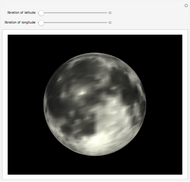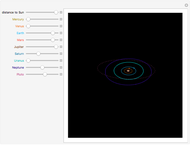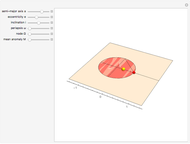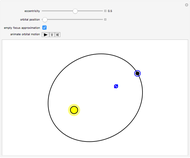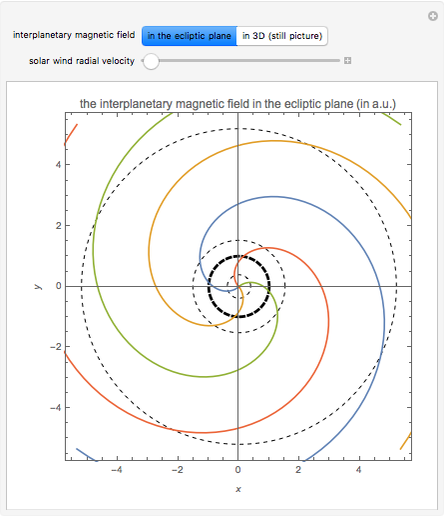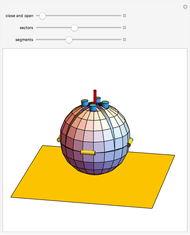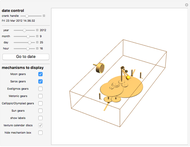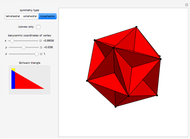Antikythera Mechanism

Requires a Wolfram Notebook System
Interact on desktop, mobile and cloud with the free Wolfram Player or other Wolfram Language products.
The Antikythera mechanism is a 2000-year-old computer for determining the positions of celestial bodies and predicting important events such as eclipses and the dates of the Olympic games. This Demonstration includes only the known mechanism for the Sun and Moon. The additional components needed to display planetary motions are largely unknown. Turning the handle causes a sequence of interlocking gears to rotate, ultimately moving the Sun and Moon pointers around the calendar disc. The phase of the Moon is indicated by a semi-silvered ball, which undergoes one revolution per synodic month. Finally, the back plate features spiral tracks to indicate the date in the Metonic and Saros cycles.
[more]
Contributed by: Adam P. Goucher (September 2012)
After work by: Michael Wright, Archimedes, Derek de Solla Price, and the Antikythera Mechanism Research Project.
Open content licensed under CC BY-NC-SA
Snapshots
Details
The mechanism is believed to have originated in the Corinthian colony of Syracuse, with records existing of earlier prototypes created by Archimedes. Further information about both the Antikythera mechanism and this implementation is available on Complex Projective 4-Space. Current research is described on the website of the Antikythera Mechanism Research Project.
Permanent Citation
"Antikythera Mechanism"
http://demonstrations.wolfram.com/AntikytheraMechanism/
Wolfram Demonstrations Project
Published: September 27 2012







